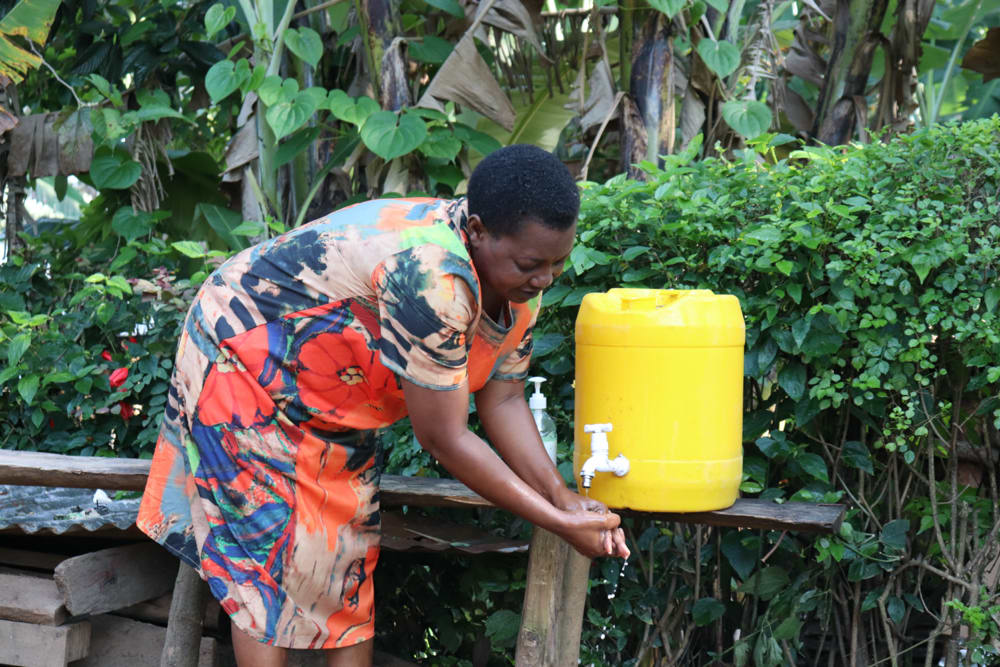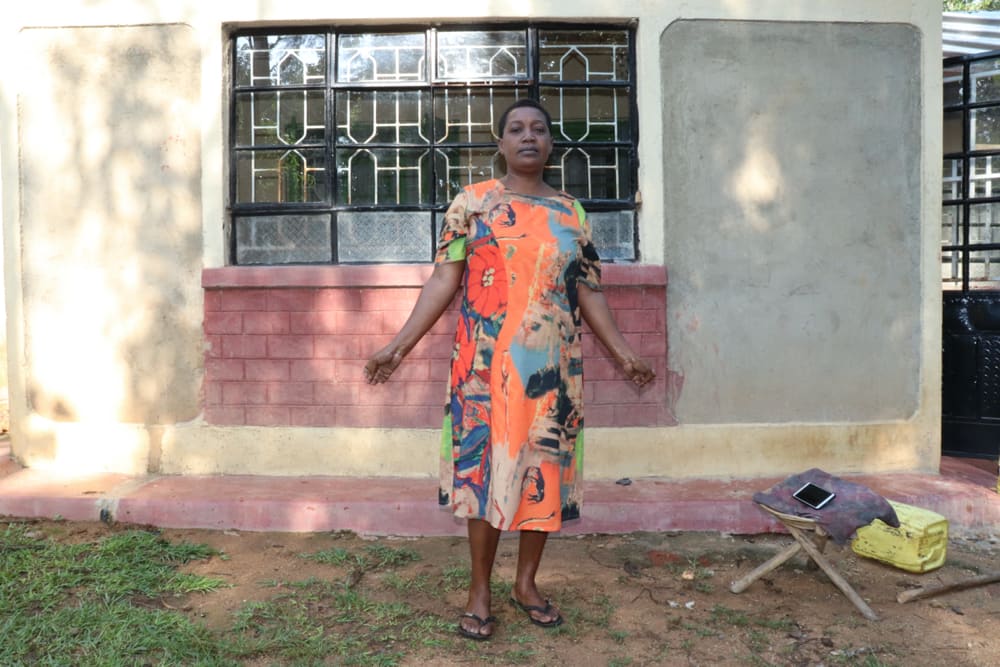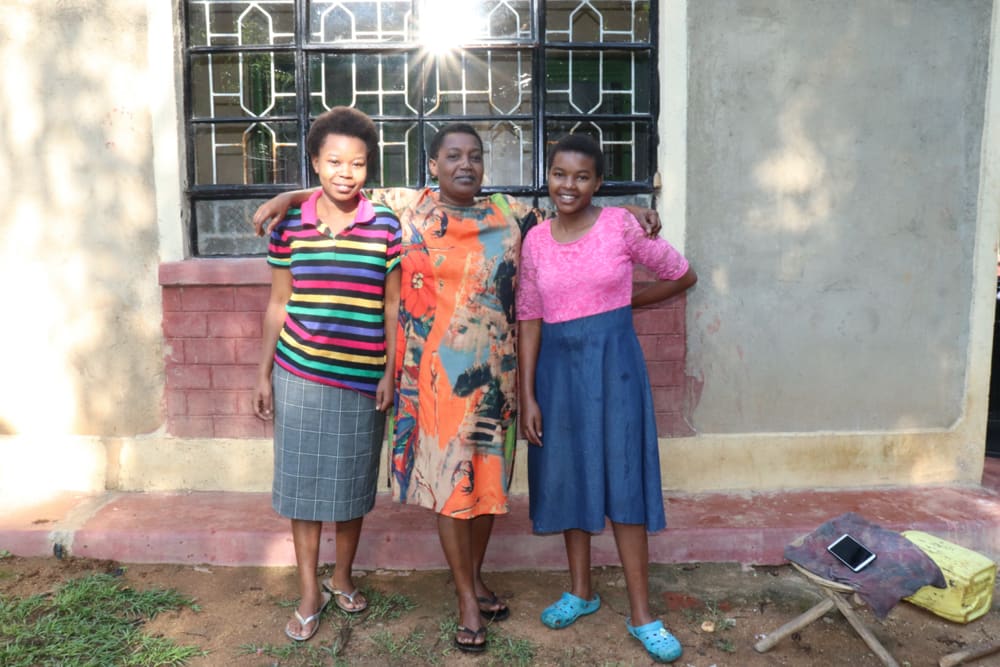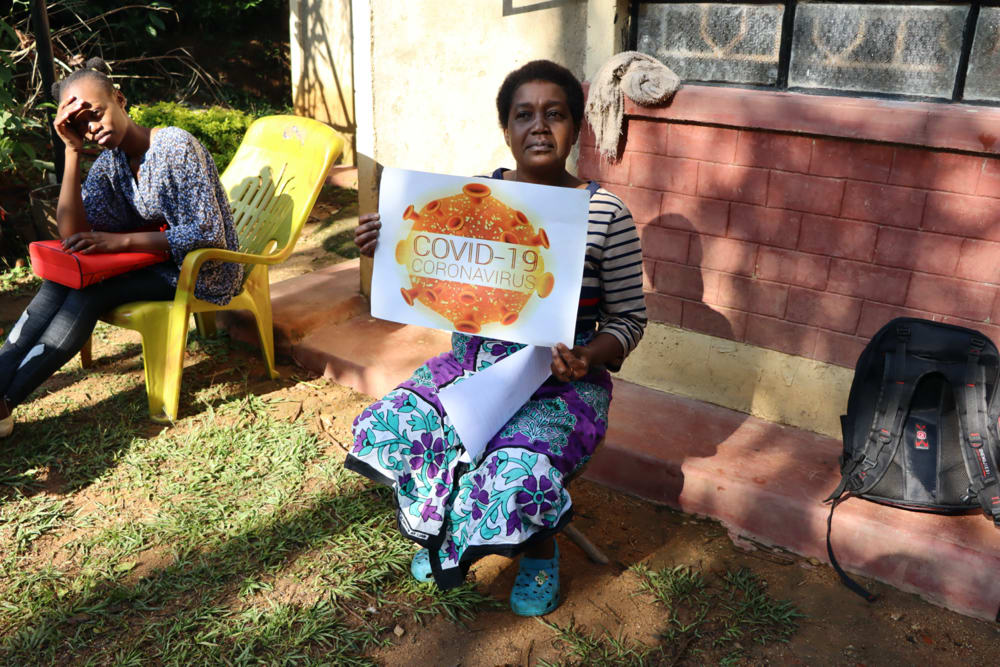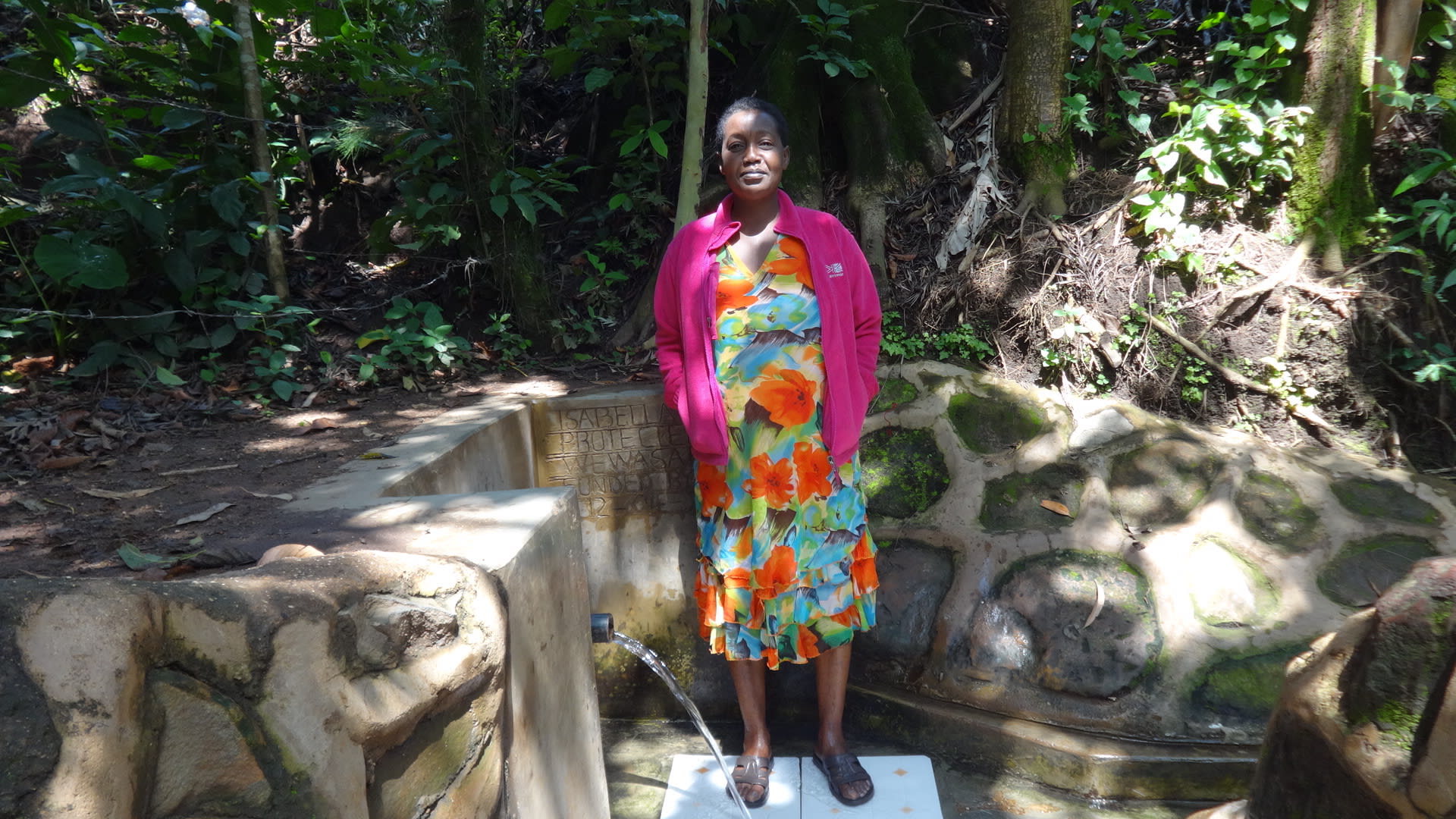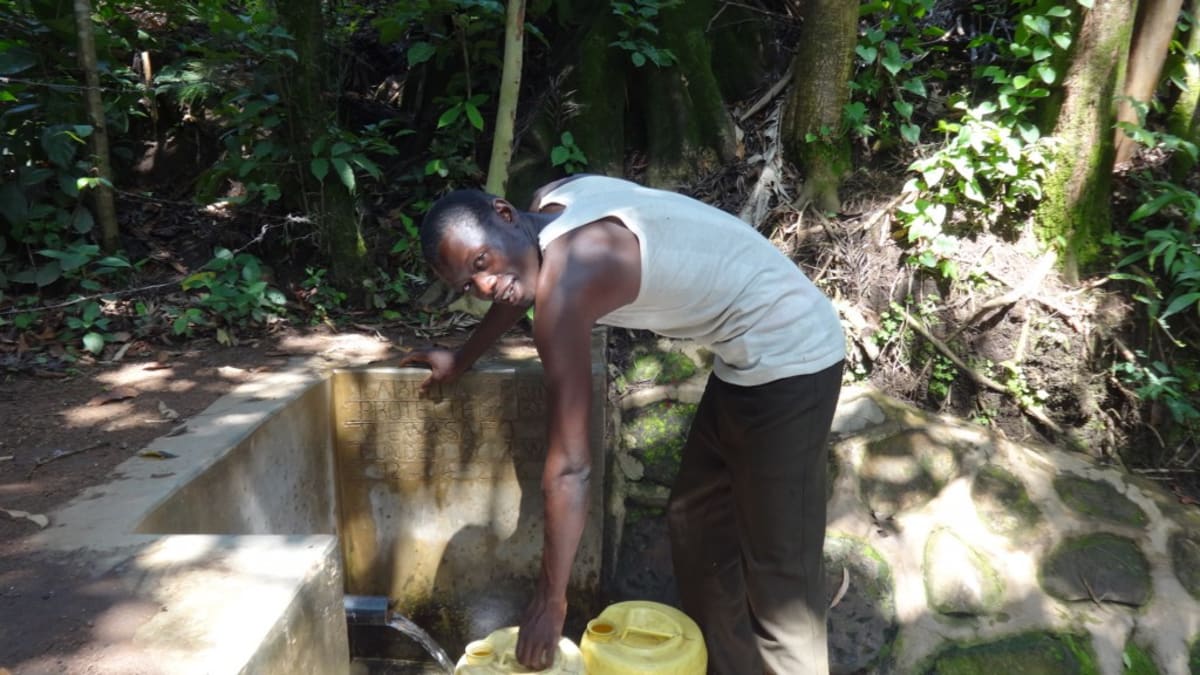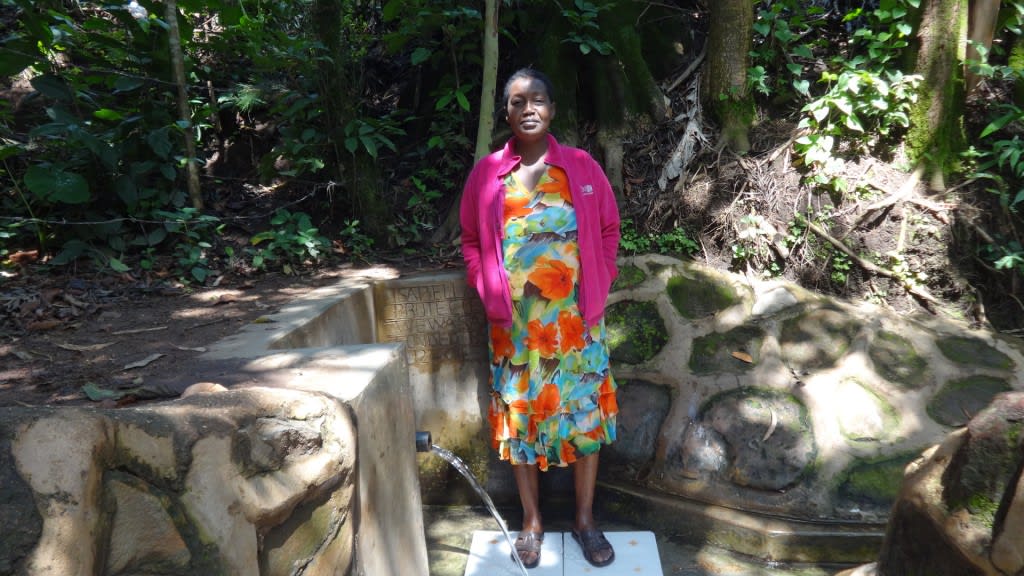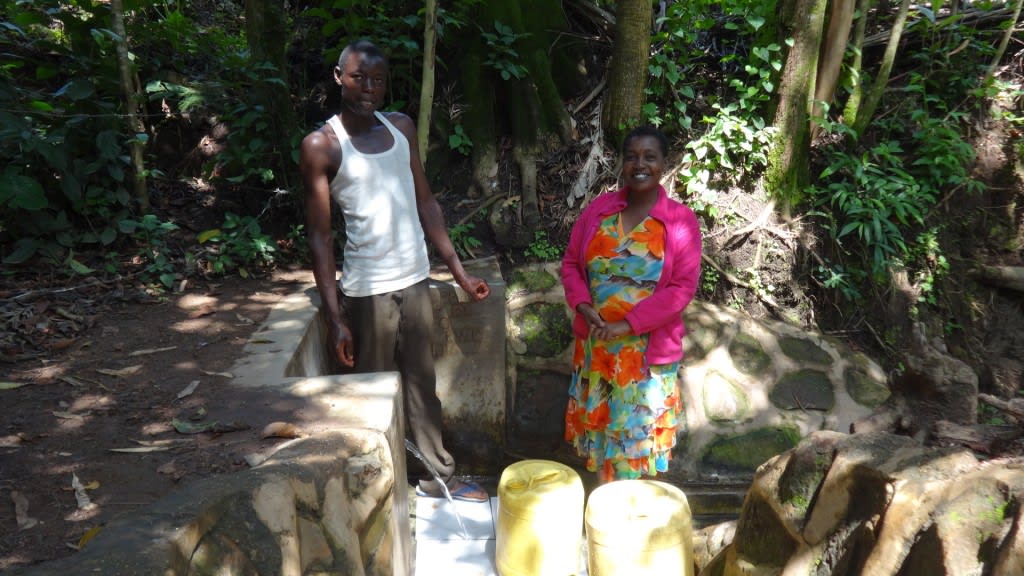This project is a part of our shared program with Western Water and Sanitation Forum (WEWASAFO). Our team is pleased to directly share the below report (edited for clarity, as needed).
Welcome to the Community
This unprotected spring is located in Shikhambi Village, Shieywe sub-location, Sichirai location, Shieywe Ward, Lurambi Constituency of Kakamega County. It serves 40 households with a total population of 400 people, out of which 150 are male and 250 are female.
This area is predominantly inhabited by the Butsotso sub-tribe of the Luhyia Community. However, other tribes also draw from Isabella Spring by virtue of having purchased land in the area. These people practice small-scale farming to make a living.
Most who live around Isabella Spring wake up very early to start working on their farms. They grow crops like maize, cassava, sweet potato, and other vegetables. Farmers have been very happy lately since the rainy season is benefiting their crops! Community members who do not practice agriculture try to sell their goods in the local market (bricks, baskets, etc.).
The landowner who the spring is named after, Isabella, visited a friend and was sharing about her community's struggles with safe water scarcity. Her friend asked if she had ever heard of WEWASAFO and how they protect springs! On hearing this, Isabella immediately left for our office to ask for help. After visiting the community, we agreed that her community is in dire need of help.
Water Situation
This spring is open to contamination and thus predisposes its users to waterborne diseases such as typhoid, diarrhea, amoebas and malaria. "During rainfall, the overflow covers the spring and consequently makes the water dirty and affects the community members," says Isabella. She elaborated further, saying that the spring is contaminated when some people urinate nearby. On one occasion, a person even defecated at the spring!
Locals use the spring's water for drinking, farm irrigation during dry seasons, and household chores (cooking, cleaning, bathing, etc.). Though many boil the water before drinking, waterborne disease is still rampant.
Sanitation Situation
Sanitation and hygiene is also a challenge for this community. Many community members lack latrines, and the few who have them (under 25%) have allowed deterioration into very poor and pathetic conditions. The young and the old, in most cases, opt to relieve themselves in the bush and behind the houses. They believe this to be much safer than stepping on old, rickety boards suspended over a dark and dirty pit! Isabella confides that the person who sold her the piece of land does not have a pit latrine; instead they use the bushes. This is not only a serious health hazard to the family living there, but also to the community at large.
Plans: Hygiene and Sanitation Training
Community members will attend hygiene and sanitation training for at least three days. This training will ensure participants are no longer ignorant about healthy practices and their importance. The facilitator plans to use PHAST (Participatory Hygiene and Sanitation Transformation), CLTS (Community-Led Total Sanitation), ABCD (Asset-Based Community Development), group discussions, handouts, and demonstrations at the spring.
Plans: Sanitation Platforms
On the final day of training, participants will select five families that should benefit from new latrines.
Training will also inform the community and selected families on what they need to contribute to make this project a success. They must mobilize locally available materials, such as bricks, clean sand, hardcore, and ballast. The five families must prepare by sinking a pit for the sanitation platforms to be placed over. All community members must work together to make sure that accommodations and food are always provided for the work teams.
Plans: Spring Protection
Fetching water is predominantly a female role, done by both women and young girls. Protecting the spring and offering training and support will therefore help empower the female members of the community by giving them more time and efforts to engage and invest in income-generating activities.
In addition, protecting the spring will ensure that the water is safe, adequate and secure. Construction will keep surface runoff and other contaminants out of the water. One of the residents shared that they feel "this is a God-given opportunity, and the idea of protecting Isabella Spring will solve their water problems!" The sanitation facilities and trainings will also enable, enlighten and build the capacity of the community so that they can take matters into their own hands.

 Protected Spring
Protected Spring
 Rehabilitation Project
Rehabilitation Project











